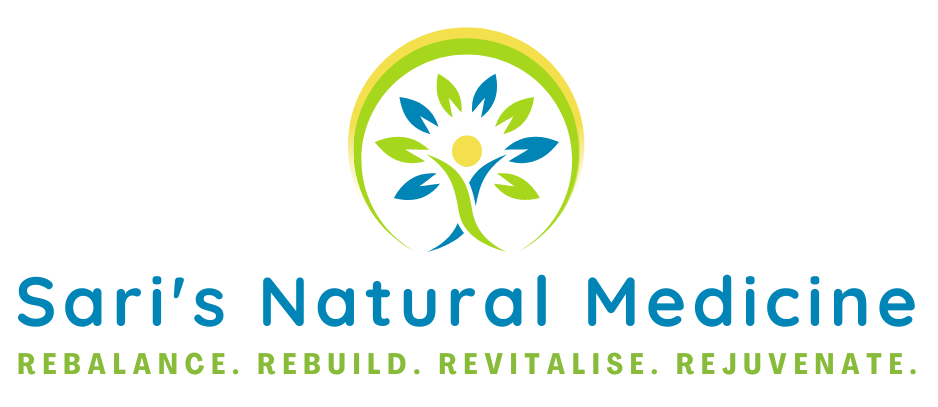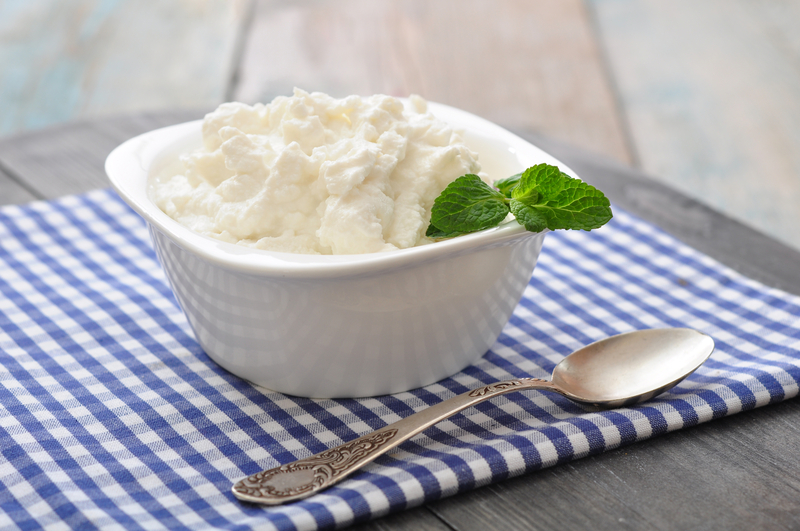Transform your culinary creations effortlessly with this indulgent homemade ricotta, designed for busy, successful professionals like you. With just a few high-quality ingredients, including organic full cream milk, you can craft a deliciously creamy ricotta that’s a game changer for any dish. No preservatives needed! While traditional methods utilise whey from cheese-making, using full cream milk enriches your ricotta with exceptional flavour and nutritional goodness. Perfect for enhancing meals and ideal for Fast Oxidisers this luxurious fat slows down oxidation and elevates your dining experience.
Ricotta cheese is high in nutrients including complete protein, high quality fats, and many minerals and vitamins including calcium, magnesium, sodium potassium, iodine, phosphorus, zinc, selenium, Vitamin B12, Vitamin A, and Vitamin K.
Ingredients
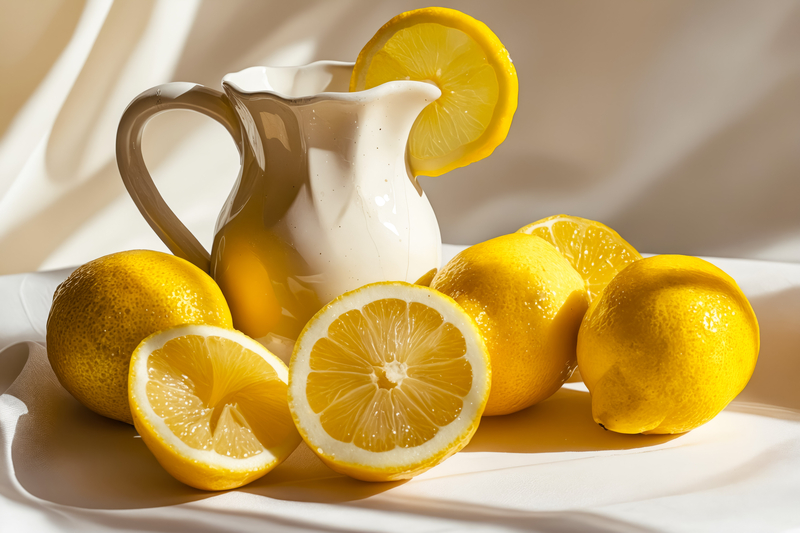
- 2 Litres of whole, unhomogenised, organic (raw if possible) full cream milk
- ½ tsp sea salt
- 3+tbsp lemon juice, freshly squeezed
Or 3+tbsp white vinegar
Equipment
- Stainless steel saucepan over 2 L capacity
- Cheese close or muslin cloth, folded in 4 layers, big enough to line your colander
- Colander
- Bowl big enough to hold your colander
- Wooden spoon
Method
- Heat milk and sea salt in a stainless steel saucepan until it reaches 85C (about 20 minutes). If you don’t have a thermometer, the following signs will appear: lots of steam; little bubbles forming around the edge of saucepan; and a slight film appears. Stir gently in a figure 8 motion to avoid scorching the milk. Scorched milk tastes bitter.
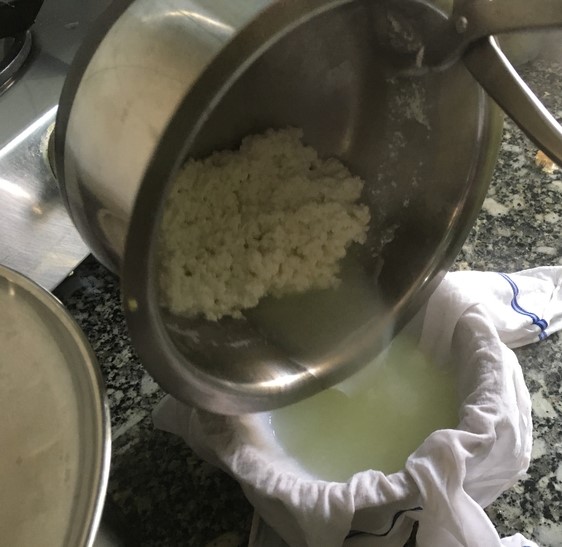
- Turn the heat to low. Add in lemon juice or vinegar immediately. Gentle stir briefly and turn off the heat. Now allow the milk to curdle for approximately 20 minutes.
- Now place the colander into the bowl and line the colander with cheesecloth.
- Ladle the curds into the colander using a slotted spoon.
- Strain for 10-15 minutes for a light a fluffy ricotta.
Store in an airtight container for up to 4 days.
Do not use UHT milk as it will not curdle.
Avoid Meyer lemons as they don’t contain enough acid to make the milk curdle.
You may need more lemon juice or vinegar depending on how acidic it is. Once you get curds forming, you know you have enough.
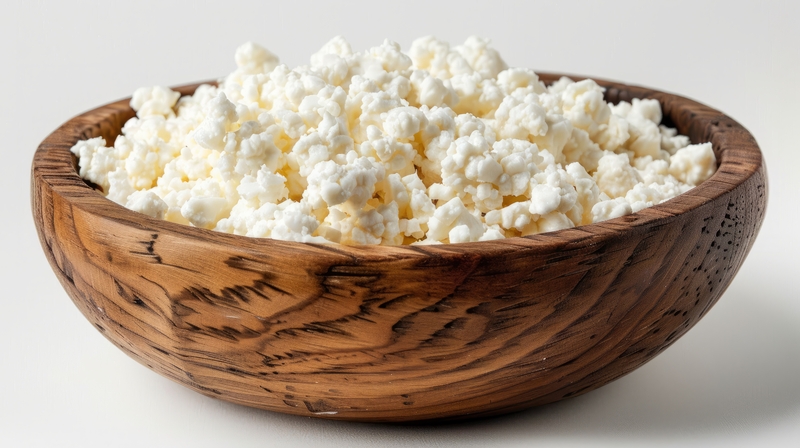
Whether enhancing your meals or balancing your nutritional needs, this ricotta promises to elevate your dining experiences. Enjoy this delectable addition to your kitchen repertoire!
Bon appétit!
